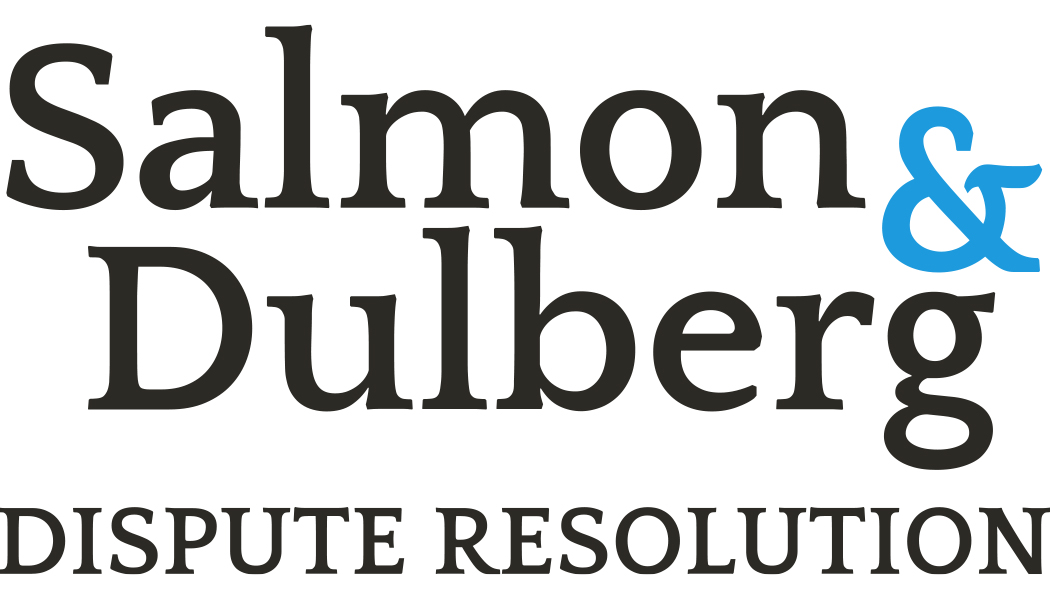Revolutionize Your Practice: Mastering Legal Tech with the LEGAL Protocol

In today’s rapidly evolving legal landscape, staying ahead of technological advancements is no longer optional—it’s imperative. As artificial intelligence (AI) and other emerging technologies become integral to the practice of law, attorneys who resist these changes risk falling behind.
However, there’s no need to feel overwhelmed. Remember, we’ve successfully navigated similar shifts before. The COVID-19 pandemic forced the legal community to quickly adopt new technologies like remote work, video conferencing, online calendaring, and e-payments. We learned, adapted, and integrated these tools into our daily practices. And we can, will, and should do it again.
To help you continue this journey, I’ve developed the LEGAL Protocol—a practical roadmap tailored specifically for legal professionals to effectively integrate new technologies.
Top Three Reasons Attorneys Need to Adopt AI and New Technologies:
- Efficiency and Productivity: AI tools can significantly improve efficiency in routine legal tasks. For example, AI-powered document review tools like eBrevia and Kira Systems can quickly analyze large volumes of documents, identify key clauses, and flag inconsistencies or risks. This reduces the time spent on document review, allowing attorneys to focus on more strategic aspects of their cases, ultimately boosting productivity and enhancing client service.
- Competitive Edge: Leveraging AI tools can provide a competitive advantage in legal practice. Consider a firm using AI for predictive analytics with tools like Lex Machina and Blue J Legal. These platforms analyze vast datasets from past cases to predict likely outcomes based on current case parameters. This capability allows attorneys to provide more accurate advice and build stronger case strategies, differentiating them from competitors who have yet to adopt such advanced technologies.
- Enhanced Client Service: AI technologies can also enhance client service by providing faster, more responsive communication and tailored legal solutions. For example, AI-driven chatbots such as LISA and LawDroid can handle initial client intake, answer common questions, and even assist with simple document drafting, ensuring clients receive timely and accurate responses. This not only improves client satisfaction but also frees up attorneys to focus on more complex tasks that require their expertise.
Recognizing Our Rapid Technological Adaptation
It’s important to remember that the legal profession has already proven its ability to adapt to new technologies swiftly and effectively. During the pandemic, we quickly transitioned to remote work, implemented video conferencing, adopted online calendaring, and began using e-payment systems. These changes seemed daunting at first, but we learned what we needed to know, integrated these technologies into our workflows, and ultimately enhanced our practice. This experience demonstrates that we are more than capable of embracing technological advancements. The same can be true for AI and other emerging technologies. To that end, I’ve broken down the process into the LEGAL Protocol to guide you in integrating technology seamlessly and effectively into your practice.
The LEGAL Protocol: Your Guide to Navigating Legal Technology
To help legal professionals navigate this evolving landscape, I present the LEGAL Protocol—a comprehensive guide to integrating technology into your practice:
- L – Learning & Education: Staying informed is crucial. Attend legal tech seminars and conferences, such as the ABA TECHSHOW, where you can learn about the latest AI tools and their applications in legal practice. Subscribe to legal tech blogs and publications like Above the Law and LawSites. For example, a firm might set up a monthly “AI in Law” meeting where attorneys discuss recent developments in AI technology, fostering a culture of continuous learning and exploration of AI tools.
- E – Ethical Integration: Adopting AI tools must align with ethical standards. For instance, when using AI for predictive analytics, ensure that the tools are transparent and their decision-making processes are free from bias. Regularly audit AI tools like RAVEL and ROSS Intelligence to ensure they comply with data privacy laws and ethical guidelines, and adjust your practices accordingly. A firm might implement a protocol for reviewing AI-generated insights to ensure they meet ethical and professional standards before acting on them.
- G – Growth Strategies: Develop a strategy for integrating AI into various practice areas. This might involve identifying specific tasks that could benefit from automation, such as contract analysis or case outcome prediction. For example, a firm might use ThoughtRiver for contract pre-screening, allowing junior associates to focus on more complex legal analysis and strategy. By integrating AI into routine tasks, firms can enhance efficiency and provide more value to clients.
- A – Adaptation & Practice: Effective use of AI tools requires practice and adaptation. Conduct regular training sessions for attorneys and staff on how to use AI tools like Luminance for document review or Descrybe for legal research. Run mock exercises, such as simulating a due diligence process using AI, to identify potential challenges and refine workflows. This hands-on approach ensures that all team members are comfortable with the tools and understand their practical applications.
- L – Leadership in Technology: Promote a culture of innovation by taking a proactive role in adopting AI technologies. Encourage attorneys to experiment with different AI tools and share their experiences and insights. Designate a “Tech Advocate” to stay updated on AI advancements and lead training sessions. For example, a firm might create a quarterly “AI in Practice” showcase where attorneys present case studies on how they have successfully integrated AI tools into their work, inspiring others to do the same.
Practical Application of the LEGAL Protocol
Let’s consider a practical application of the LEGAL Protocol in a mid-sized law firm specializing in litigation. The firm decides to integrate AI-powered legal research and document review tools into their practice. They start with Learning & Education by organizing workshops on using AI tools like Casetext for research and DISCO for eDiscovery and document review, ensuring all attorneys understand how to leverage these technologies effectively.
Next, they focus on Ethical Integration by establishing clear guidelines for the use of AI in litigation, ensuring that AI-generated insights are used responsibly and ethically, and that any potential biases are identified and addressed. For Growth Strategies, they identify specific litigation tasks that would benefit most from AI integration, such as automating the initial review of large document sets in discovery or using predictive analytics to assess case outcomes and develop litigation strategies.
The firm then moves to Adaptation & Practice by incorporating AI tools into their existing litigation workflows and providing ongoing training and support to attorneys and staff. Finally, they foster Leadership in Technology by encouraging attorneys to share their experiences and insights on using AI in litigation, and by recognizing and rewarding those who demonstrate innovation and leadership in adopting new technologies.
By following the LEGAL Protocol, this litigation firm not only enhances efficiency and productivity but also improves client service, gains a competitive edge, and stays at the forefront of legal innovation.
Conclusion
The LEGAL Protocol offers a structured approach for attorneys to embrace and integrate AI technologies into their practices responsibly. By focusing on learning, ethical considerations, strategic growth, adaptation, and leadership, legal professionals can confidently navigate the evolving landscape of legal technology, enhance their practice, and better serve their clients.
For more resources and insights on how to effectively integrate AI technology into your legal practice and more, visit my website. My next AI Tools Workshop will be held virtually on September 24th, 2024.
*This article was created by the author with the assistance of various AI Tools such as ChatGPT, Gemini and Grammarly.
Susan Guthrie is a distinguished attorney and mediator with over 30 years of experience. A pioneer in the field of Online Dispute Resolution (ODR) and legal technology, she founded Learn to Mediate Online™, a platform that has trained thousands of professionals globally.
As a mediator herself and the current Chair of the ABA Section of Dispute Resolution, Susan continues to lead efforts in advancing professional standards and practices in the field. She speaks regularly on the topic of integrating legal technology ethically and professionally and works as a coach and consultant with professionals and law firms to adopt and integrate technology, helping them create more efficient and successful practices.

